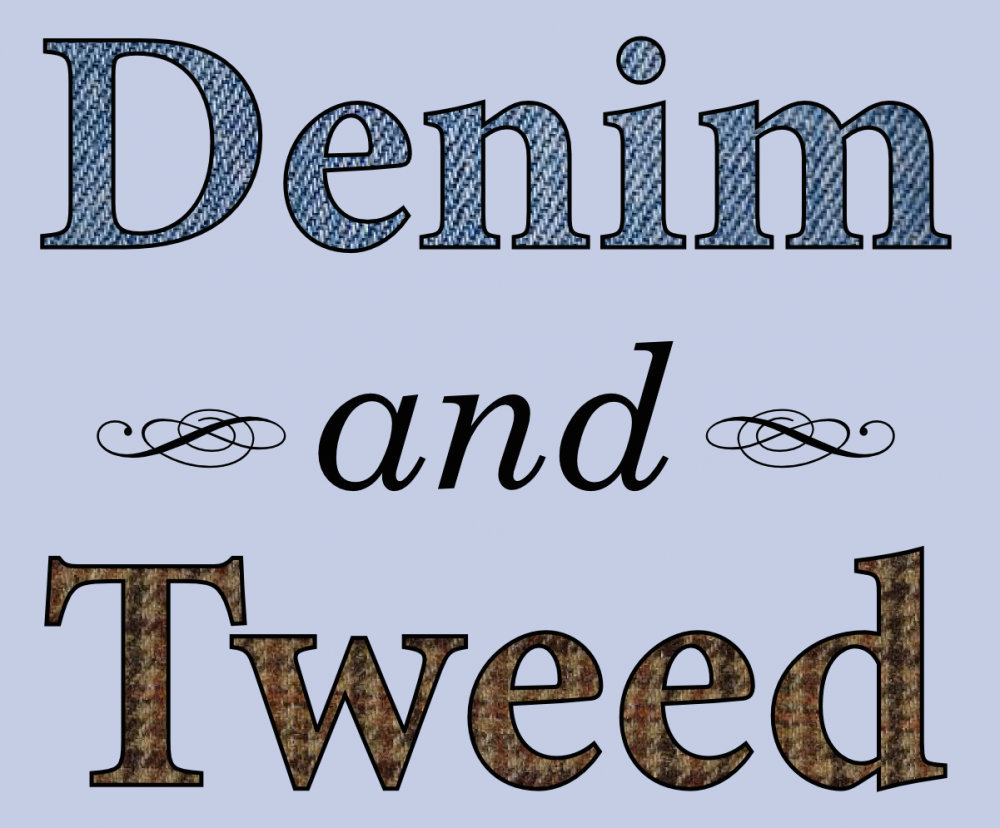
Test the rainbow? (Flickr: nezume_you.
 Even though the queer nerd is a long-established phenomenon, and a pretty common one these days, we’re not necessarily very visible in science, technology, engineering, or mathematics disciplines. Even cutting-edge fields can be surprisingly conservative, and a lot of us end up in industries or academic departments where people are still not asking or telling. And on the other hand, science often has a lower profile within the queer community than it deserves—how many queer scientist types have you seen on TV lately? Yeah, me neither.
Even though the queer nerd is a long-established phenomenon, and a pretty common one these days, we’re not necessarily very visible in science, technology, engineering, or mathematics disciplines. Even cutting-edge fields can be surprisingly conservative, and a lot of us end up in industries or academic departments where people are still not asking or telling. And on the other hand, science often has a lower profile within the queer community than it deserves—how many queer scientist types have you seen on TV lately? Yeah, me neither.
(Maybe Willow Rosenberg? But she ditched computer science for magic, and she’s been off the air since 2003!)
As just one example of this, when Alberto Roca and I went looking for science-related videos on the “It Gets Better” project website, where queer adults can post their stories to encourage queer kids who are dealing with bullying, neither of us found much. Big tech companies like Microsoft, Pixar, Bayer, and Eli Lilly are well represented, but search for individuals’ videos labeled “science” and you get … not a lot.
So where are the examples of queer scientists for today’s nerdy gay, lesbian, bi, and trans kids to look toward?
Well, actually, we’re all over the place. For last October’s National Coming Out Day, Steve Silberman and Maggie Koerth-Baker put together a wonderful double feature at BoingBoing, compiling the personal stories of LGBT scientists, and presenting an in-depth interview with endocrinologist Neena Schwartz. Now, for the Pride edition of the Diversity in Science blog carnival, we have another array of voices from across the science blogosphere: queer and allied scientists and science fans, discussing everything from gay history to the science of sexuality to their personal experiences as sexual minorities in scientific workplaces.
The carnival commences after the jump!






